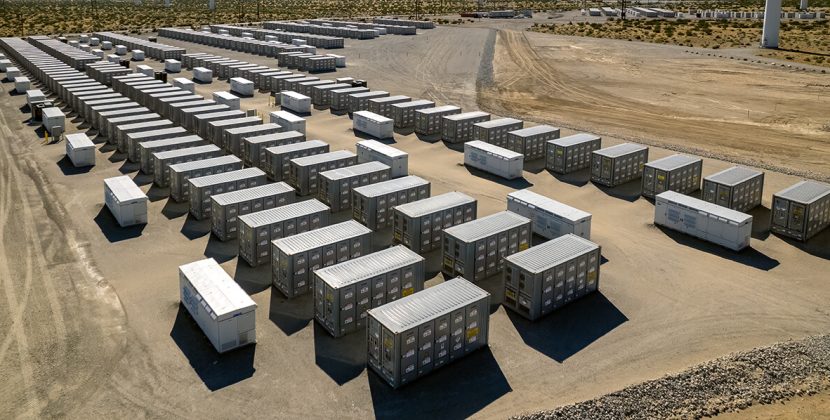
Introduction
Film festivals have long been a significant part of the global entertainment landscape, showcasing diverse films, celebrating creativity, and connecting filmmakers with audiences. However, with the advent of the digital age, film festivals are evolving. The digital revolution has transformed not only how films are produced and distributed but also how festivals operate, engage audiences, and adapt to modern challenges. This article will explore how the digital age is reshaping film festivals, their challenges, opportunities, and what the future holds.
The Traditional Role of Film Festivals

In the past, film festivals were important places for filmmakers to show their work, get noticed by critics, and connect with distributors. Famous events like the Cannes Film Festival, Sundance, and the Venice Film Festival were known for their glamour, artistic quality, and the discovery of new talent. People attending could watch all kinds of films, from indie projects to big-budget movies.
Before the digital age, these festivals were crucial for filmmakers who wanted to find distribution deals. Festivals allowed them to meet with producers, investors, and distributors. For audiences, it was often the only chance to see unique films before they were widely released. However, as the entertainment industry changes, so does the role of film festivals.
The Rise of Virtual Festivals
Virtual film festivals became a big trend during the COVID-19 pandemic, but they are here to stay. Many festivals now offer a mix of in-person and online events. This hybrid model allows for flexibility, as people can choose how they want to participate. Virtual festivals have opened new doors for smaller events, giving them the chance to reach a wider audience without the high costs of a physical venue. It has also made it easier for people with busy schedules to catch up on films at their convenience.
Digital Transformation of Film Festivals

Digital technology has changed the way film festivals work. Online platforms and streaming services now allow festivals to reach more people around the world. Some important changes include:
- Virtual Film Festivals: Many festivals now let viewers watch films online from home. This became popular during the COVID-19 pandemic, and now many festivals use a mix of both in-person and online screenings.
- Global Access: Filmmakers can now take part from anywhere in the world without having to travel. This helps increase the variety of films shown.
- Easier Submissions: Filmmakers can easily submit their work through online platforms, making festivals more open to everyone.
- Audience Interaction: Social media, apps, and websites are used to promote festivals and engage with audiences. Viewers can participate in live Q&A sessions, vote for audience awards, and join online discussions.
Opportunities Presented by the Digital Shift

The digital age has brought new opportunities for film festivals to grow and change:
- Bigger Audience: People who couldn’t attend in person can now watch films online, allowing festivals to connect with viewers all around the world.
- New Ways to Make Money: Festivals can sell virtual tickets, offer pay-per-view options, and partner with streaming platforms to earn more income.
- Better Marketing: Digital tools like email, social media ads, and working with influencers make it easier for festivals to reach and engage more people.
- Useful Data: Online platforms give festivals access to data about what viewers like and how they engage, helping organizers improve future events.
Challenges of Digitizing Film Festivals

While the digital shift brings many benefits, it also creates challenges for traditional film festivals:
- Loss of In-Person Experience: A big part of film festivals is the physical experience—networking, red carpet events, and watching films in a theater. Virtual screenings don’t have the same excitement, and some people miss that.
- Piracy and Security: Streaming films online raises concerns about illegal downloading and the need for strong security to protect the content.
- Monetization Issues: It’s difficult to make enough money from virtual festivals without lowering the value of tickets. Many festivals still depend on sponsors, which can be harder to find for fully online events.
- Technical Problems: Streaming to a global audience requires strong technical support. Bad internet connections, time zone differences, and platform crashes can hurt the experience for virtual viewers.
The Challenge of Losing the Festival Experience
Despite the many benefits of digital festivals, there are some things that online platforms cannot replicate. One of the main drawbacks is the loss of the traditional festival atmosphere. At physical events, attendees can interact face-to-face, participate in Q&A sessions, and feel the excitement of watching a premiere in a packed theater. These in-person experiences are a big part of what makes festivals special. While virtual festivals offer convenience, they lack the sense of community and shared experience that physical events provide.
The Future of Film Festivals in the Digital Age

Looking ahead, film festivals will likely continue to combine in-person and online experiences. Here are some key trends that could shape the future:
- Augmented and Virtual Reality (AR and VR): As these technologies grow, festivals might offer more immersive film experiences, letting viewers engage with films in exciting new ways.
- Blockchain for Film Distribution: Blockchain could help filmmakers submit, share, and sell their films more securely and transparently at festivals.
- Sustainability: Digital festivals are more eco-friendly because they reduce the need for travel and large physical events, supporting the growing focus on sustainability in the entertainment industry.
Analysis Table: Key Aspects of Film Festivals in the Digital Age
| Aspect | Traditional Film Festivals | Digital/Virtual Film Festivals |
|---|---|---|
| Audience Reach | Limited to attendees in physical location | Global reach, accessible from anywhere |
| Submission Process | Manual submissions, physical media | Online submission platforms, digital files |
| Experience | In-person screenings, networking events | Virtual screenings, online discussions |
| Costs | Higher costs for travel, venue, and logistics | Lower costs, but requires robust digital infrastructure |
| Revenue Generation | Ticket sales, sponsorships, partnerships | Virtual ticket sales, streaming partnerships, global reach |
| Sustainability | High environmental impact due to travel and large events | Lower environmental impact, more sustainable |
Comparative Table: Physical vs. Digital Film Festival Models
| Category | Physical Film Festivals | Digital Film Festivals | Hybrid Film Festivals |
|---|---|---|---|
| Audience | Local or regional | Global | Both local and global |
| Film Screening Format | Traditional cinema, theaters | Streaming platforms, virtual cinema | Combination of both formats |
| Networking Opportunities | In-person, limited to attendees | Virtual, global online events | Both in-person and online |
| Flexibility | Low flexibility, fixed locations | High flexibility, on-demand content | Flexible with both options |
| Cost to Organizers | High (venue, logistics, travel) | Lower (digital infrastructure) | Moderate (combines both costs) |
Conclusion
The digital age has dramatically reshaped the landscape of film festivals. While traditional festivals remain important for fostering personal connections and creating a sense of community, the rise of digital platforms has made film festivals more accessible and inclusive. The future likely lies in hybrid models, blending the best of both worlds—maintaining the cultural and artistic importance of physical festivals while taking advantage of the reach and convenience that digital platforms offer. The challenge now is to continue innovating while preserving the core aspects that make film festivals special.










